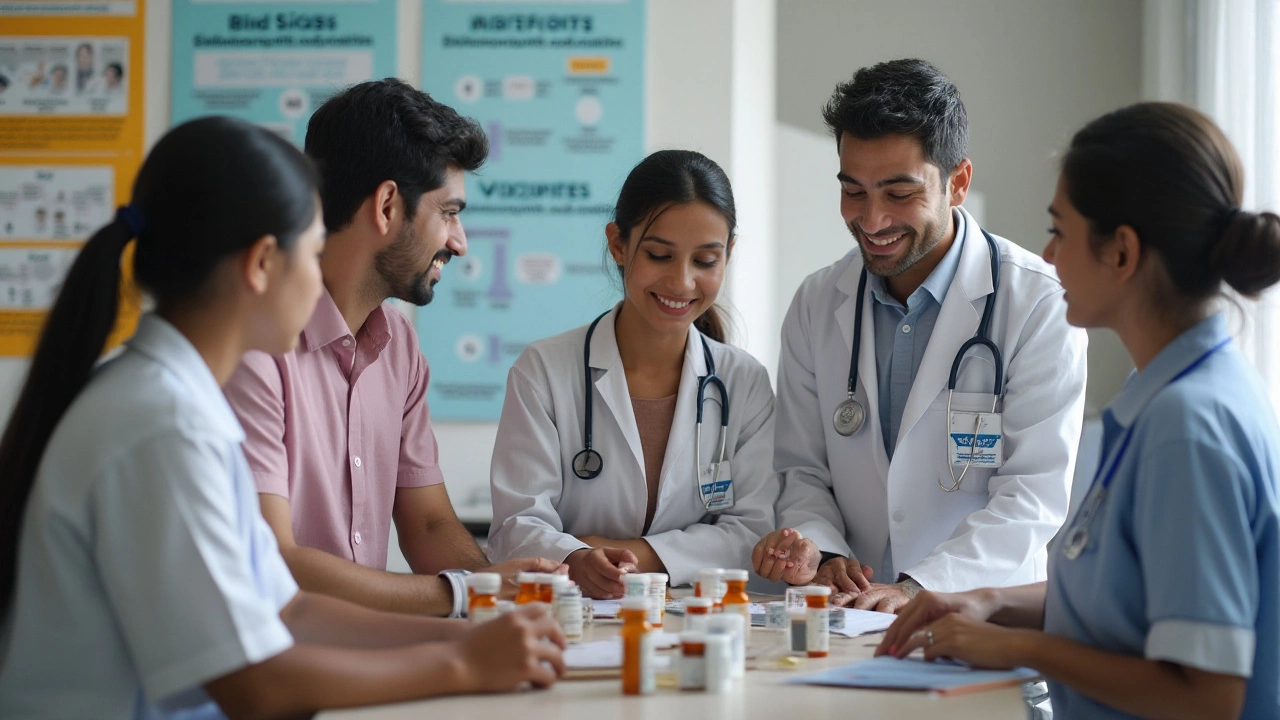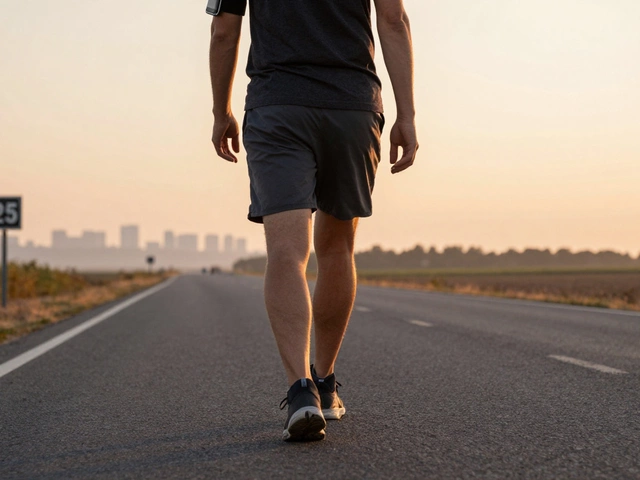Safest Diabetes Medication: What Indian Patients Should Know
Managing diabetes is a daily battle, but the right medicine can make it a lot easier. Not all diabetes drugs are created equal – some cause fewer side‑effects and fit better with Indian lifestyles. Below we break down the safest options, how they work, and what to watch out for.
Why Safety Matters More Than Ever
When you’re on a long‑term drug, you want it to control blood sugar without making you feel sick. In India, many patients also deal with other health issues like high blood pressure or heart disease, so a medicine that stays gentle on the stomach and doesn’t spike cholesterol is a big win. Safety isn’t just about fewer side‑effects; it’s about staying active, keeping work and family life on track, and avoiding extra doctor visits.
Top Low‑Risk Diabetes Medicines in India
Metformin (Glucophage) – This is the first‑line drug for most Type 2 diabetes patients. It works by reducing liver glucose production and improving insulin sensitivity. Metformin is cheap, widely available, and has a solid safety record. The most common issue is mild stomach upset, which often goes away if you start with a low dose and take it with food.
Sitagliptin (Januvia) – Belongs to the DPP‑4 inhibitor class. It helps the body release more insulin only when blood sugar is high, so the risk of low blood sugar (hypoglycemia) is low. Most users report no major side‑effects; occasional headache or sore throat can happen, but they’re usually short‑lived.
Pioglitazone (Actos) – A thiazolidinedione that improves how cells respond to insulin. It’s considered safe for patients who can’t tolerate metformin. The main concerns are weight gain and fluid retention, so doctors check kidney function regularly. For many Indians, the benefit of steady sugar control outweighs these manageable risks.
GLP‑1 receptor agonists (e.g., Liraglutide, Dulaglutide) – Injectables that mimic a gut hormone, boosting insulin and slowing digestion. They rarely cause hypoglycemia and often help with weight loss. Side‑effects can include nausea, but starting with a low dose eases this. In urban Indian centers, these are becoming popular for their dual benefit.
Sulfonylureas (Glimepiride, Gliclazide) – Older class, effective and inexpensive. While they can cause low blood sugar, newer versions like glimepiride have a lower risk than older sulfonylureas. If your doctor monitors your dose and timing, they can be a safe, budget‑friendly choice.
Choosing the safest drug isn’t a one‑size‑fits‑all decision. Your age, kidney health, current meds, and lifestyle all play a role. Talk to a qualified doctor, ask about any lingering side‑effects you’ve felt, and mention any herbal supplements you take – they can interact with diabetes pills.
Finally, remember that medication is just one piece of the puzzle. Pairing the safest drug with a balanced Indian diet, regular walking, and proper sleep creates a stronger defense against blood‑sugar spikes. Keep a simple log of your readings and how you feel after meals; this helps your doctor fine‑tune the treatment.
Sticking to a safe diabetes medication plan means fewer doctor visits, better energy, and more time enjoying life with family. Stay informed, stay honest with your healthcare provider, and you’ll find a regimen that keeps blood sugar in check without unwanted drama.






